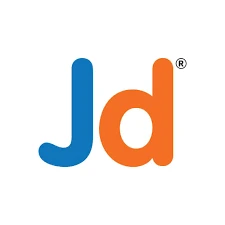|| Banking Data Analytics Course in Anand
The Banking Data Analytics course in Anand offers a comprehensive training program tailored for professionals looking to excel in the banking and financial services sector. This course emphasizes the importance of data analytics in transforming banking operations, enabling participants to improve risk management, make data-driven decisions, and enhance customer satisfaction. With a focus on advanced analytics methodologies such as customer segmentation, churn prediction, and sentiment analysis, the course equips participants with essential skills to revolutionize customer relationship management.
Participants enrolling in the Banking Data Analytics certification course in Anand will gain in-depth knowledge of fraud detection techniques using transactional data patterns and anomaly detection algorithms. These critical skills help ensure robust security measures and compliance with regulatory standards. The curriculum also covers sophisticated risk assessment models, empowering learners to predict credit defaults, optimize loan portfolios, and enhance the accuracy of lending decisions. Additionally, the program highlights operational efficiency by identifying process inefficiencies through data-driven insights, leading to cost savings and streamlined workflows.
Through hands-on projects and case studies, the Banking Data Analytics training in Anand bridges theoretical concepts with practical applications. Participants will engage in real-world scenarios, gaining the expertise to tackle industry-specific challenges. The course also incorporates ethical considerations in data handling and privacy regulations, ensuring responsible and compliant use of financial data. By mastering these skills, professionals can unlock opportunities in roles such as data analyst, risk analyst, and financial analyst, while contributing strategically to their organizations.
The Banking Data Analytics classes in Anand focus on building critical thinking and problem-solving skills to address complex financial issues. This program empowers participants to leverage advanced analytics tools and techniques for banking-specific applications. By understanding banking operations, customer behavior, risk management, and financial performance through data-driven insights, participants can drive better decision-making, enhance operational efficiency, and deliver superior customer experiences.
For those seeking to upskill and thrive in a competitive financial landscape, the Data Analytics certification course in Anand provides the ideal platform to gain advanced analytical capabilities. This training ensures participants are well-equipped to implement strategic initiatives and maintain competitiveness, compliance, and profitability in the banking sector. Whether you are pursuing career advancement or looking to add value to your organization, the Banking Data Analytics in Anand course is your gateway to success.








 4.8 (21,636) reviews
4.8 (21,636) reviews


 Read more
Read more 
